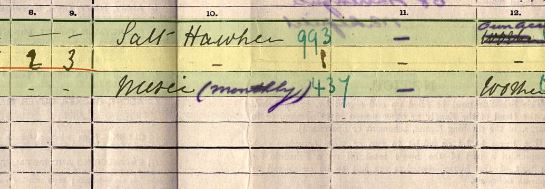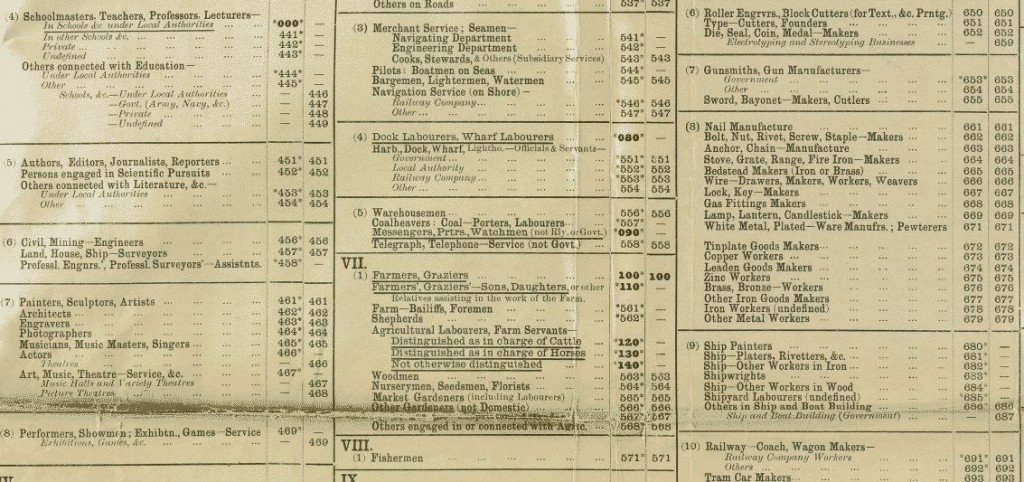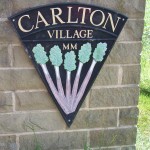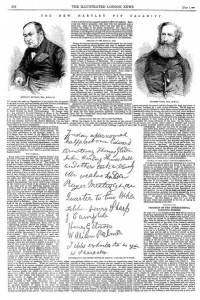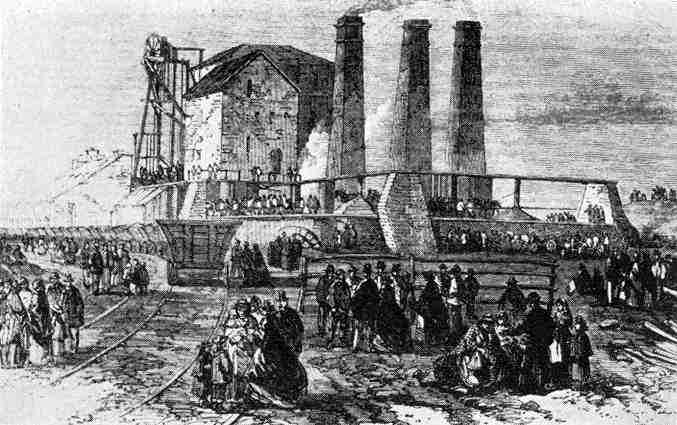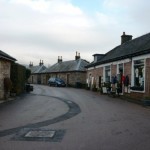Did your family come from Altofts in the West Riding of Yorkshire?
Well, if they did, there is a good chance that they could have attended Pope & Pearsons, West Riding Colliery School.
A few years ago, I was offered the transcriptions done by Eve Kubiak for my website, Wakefield Family History Sharing – well, would you have said NO ! Didn’t think you would.
Eve spent many hours in the local archives taking the names down in longhand and then adding them to a computer programme – when you visit the pages you will see what a task that was for one person. The entries start in 1875 and continue up to 1914. The earlier entries are two or three years to a section when in 1893 they are in individual years.
The information includes for each entry :- ID no. ; Date of admission or re-admission ; Surname followed by Christian name ; Date of birth ; Fathers of Mothers Name ; Address, From where and finally but not always having an entry is the Date of Leaving. In later years there is a Remarks section with some of the entries being very informative.
For example in the 1877 – 79 section we have Mary Em Shepherd entering on 10 Dec 1877. She was born on 29 Jan 1870, the daughter of Joseph of 1 Pit Row and was from the infant school.
Or, we have Beatrice Goldsburg born on 25 Jul 1889 who entered school from the Hunslet Board School. She was the daughter of William of Railway Houses and she enter school on 2 May 1898. The remarks say that she left on 10 Oct 1902 as she was Wanted at Home ! Her younger brother and sister left school in 1909 and 1906.
The same year, 1898, we have George Buxton, born 18 June 1889. the son of William of 9 Co-operative Terrace who came from the infants school, left on 1 Nov 1900 to go to The Grammar School.
The year of 1902 sees Sarah Thompson born 31 Oct 1891, the daughter of Sarah of 69 Pope Street. She was admitted to school on 1 July 1902 – she was re-admitted as she had been in Knottingly but on 23 Dec 1904 she was taken out of school due to illness on Doctor’s Orders.
In 1904 the children of William Shaw of the Canal Boat Eardsly of Leeds were attending school, previously been attending Green Lane Pro (?) School. The family entered on 13 March 1906 and left of 26 March 1906 as they returned to the Knottingley Canal.
If your family are from the area, you will surely find these lists fascinating, especially as you will know the names of families from your research – they could be neighbours, employers or relatives. On the other hand, with no family connections to Altofts, I am sure you will still find the entries just as interesting.
The school entries for Pope & Pearson, West Riding School can be found here.
Like this:
Like Loading...
